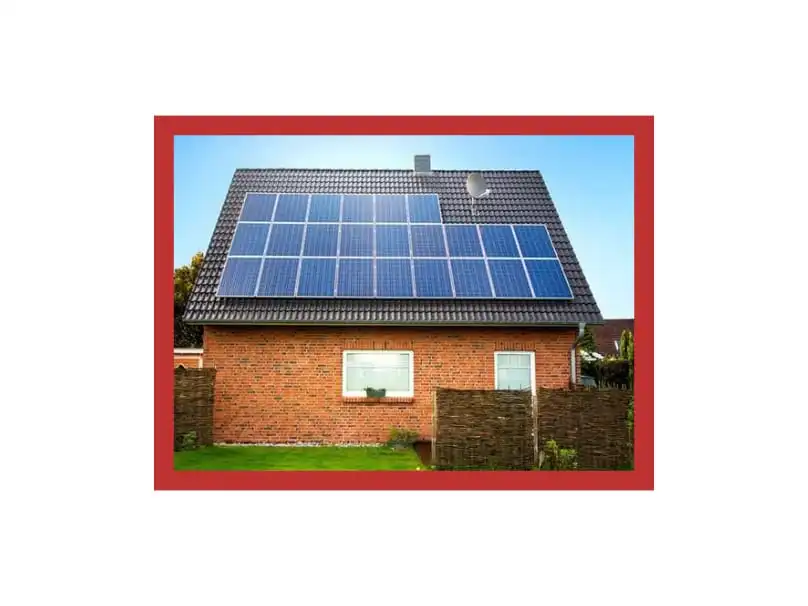
An off-grid solar system refers to a setup where solar panels generate electricity independently from the utility grid. It typically includes solar panels, a charge controller, batteries for energy storage, an inverter to convert DC power from the batteries to AC power usable by household appliances, and sometimes a backup generator. Off-grid systems are commonly used in remote locations where connecting to the grid is impractical or expensive. They provide energy independence but require careful planning to ensure sufficient power generation and storage capacity to meet energy needs, especially during periods of low sunlight.
An off-grid solar system, also known as a standalone solar system, is a solar power system that generates electricity independently of the electrical grid. Here are some key features and benefits:
Features:
- Solar panels convert sunlight into electricity.
- The system includes a battery bank to store excess energy for later use.
- A charge controller regulates the flow of energy to the batteries.
- An inverter converts DC power to AC power for household use.
- The system is not connected to the electrical grid.
Benefits:
- Energy independence: Generate your own energy and reduce reliance on the grid.
- Power availability: Electricity is available even during grid outages.
- Remote location capability: Ideal for areas where grid connection is not possible.
- Low operating costs: No energy bills or grid connection fees.
- Environmental benefits: Reduce your carbon footprint and contribute to a sustainable future.
How it works:
- Solar panels generate DC power.
- The charge controller regulates energy flow to the batteries.
- The battery bank stores excess energy for later use.
- The inverter converts DC power to AC power for household use.
- The system operates independently of the grid, providing reliable power.
Off-grid solar systems are ideal for:
- Remote homes or cabins
- Rural areas with limited grid access
- Islands or remote communities
- Emergency power backup systems
- Environmental or research stations
Keep in mind that off-grid systems require proper sizing, design, and installation to ensure reliable performance and energy independence.